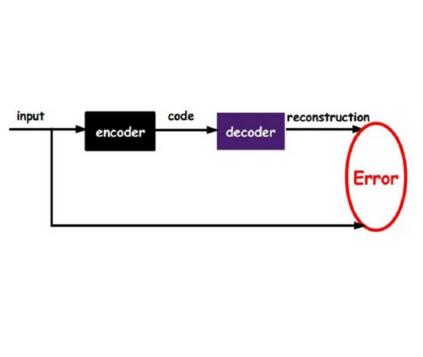The growing trend toward the modernization of power distribution systems has facilitated the installation of advanced measurement units and promotion of the cyber communication systems. However, these infrastructures are still prone to stealth cyber attacks. The existing data-driven anomaly detection methods suffer from a lack of knowledge about the system's physics, lack of interpretability, and scalability issues hindering their practical applications in real-world scenarios. To address these concerns, physics-informed neural networks (PINNs) were introduced. This paper proposes a multivariate physics-informed convolutional autoencoder (PIConvAE) to detect stealthy cyber-attacks in power distribution grids. The proposed model integrates the physical principles into the loss function of the neural network by applying Kirchhoff's law. Simulations are performed on the modified IEEE 13-bus and 123-bus systems using OpenDSS software to validate the efficacy of the proposed model for stealth attacks. The numerical results prove the superior performance of the proposed PIConvAE in three aspects: a) it provides more accurate results compared to the data-driven ConvAE model, b) it requires less training time to converge c) the model excels in effectively detecting a wide range of attack magnitudes making it powerful in detecting stealth attacks.
翻译:暂无翻译



